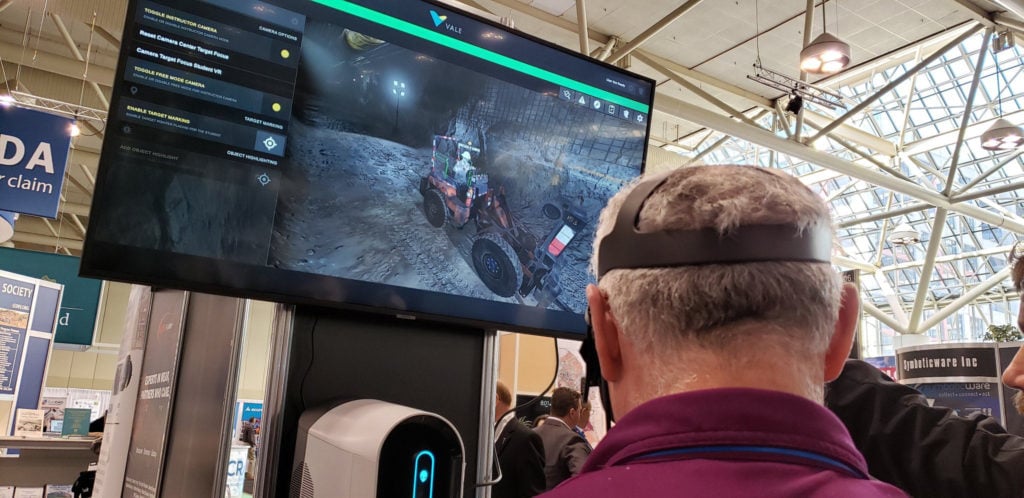Follow-up answers to the Q&A section of our webinar Digital: A New Era In Mine Safety
By Raffi Jabrayan, Director, Markets & Industries
Any conversation around safety in the mining industry will inevitably boil down to one main issue: time. Even the most experienced, well-equipped miner increases their chances of injury the longer they stay underground. That is why so much of the conversation and innovation in mining has focused on tele-remote and semi-autonomous systems to get miners further away from dangerous areas and keep them above-ground as much as possible.
Our virtual mining industry panel on May 14th was no exception. Experts from Vale, NORCAT, and EY agreed that semi- and fully-autonomous systems will play a crucial role in decreasing the amount of time miners must spend underground.
During our discussion, there were a handful of questions from our audience that we didn't get time to properly address on the webinar, and we wanted to ask our expert panel to weigh in. Here's a bit more insight into the future of safety in mining.
This answer comes courtesy of Don Duval, CEO at NORCAT.
We are seeing a few interesting trends:
Firstly, there continues to be significant interest in OEM and after-market installation of tele-remote and autonomous systems. Many forward-thinking mining companies are now looking at more fully autonomous capabilities. There are still some challenges around regulatory requirements keeping up with the technology deployment, but that is varying by jurisdiction.
Second, mining companies are seeking to better understand the skill sets of both new and existing workers to effectively and efficiently utilize the tele-remote or autonomous systems. The OEM and aftermarket providers are providing baseline education on their equipment, but mining companies are now looking for further operational training to ensure the tele-remote / autonomous operators are able to derive maximum value from the systems.
Lastly, and building on the second point, as mining companies invest in more tele-remote / autonomous systems, they are working to re-define new roles and potential upskill workers to maintain, operate, and support tele-remote / autonomous systems. For example, understanding, supporting, and deploying Wi-Fi vs. LTE as the communication backbone, maintaining LIDAR and camera systems, power requirements, among a variety of other variables, are key to understand the true ROI and the new job roles that will be needed within an organization.

The piloted drone is a useful tool in some instances, however, if we really want to embody the zero harm culture so many mining companies speak of, autonomous robots -- in particular aerial robots -- are one of the best ways to do so. There will continue to be tele-remote or semi-autonomous aerial robots that will need to keep a pilot in the loop as autonomy catches up to the hardware. But the only way we can get our miners a safe distance away from open stopes, and still gather high-quality maps, is with an autonomous aerial solution.
We have recently delivered and commissioned an A3R to the Vale Creighton Mine in Sudbury, which as you know is one of the deepest mines in North America. We were able to run successful missions in stopes, produced high-quality maps and access areas of the stopes that would not be feasible with the other methods of cavity monitoring.
Exyn is bringing the future into the present. As you no doubt heard during our panel, safety is a core priority at almost every mine around the world. From our founding we wanted Exyn to be a company that created technology designed to keep more people out of harm's way. We're doing that today in the mining industry by reducing the hours surveyors must spend underground, all while equipping them with real-time, high-quality data. A few short years ago this would have been unfathomable, yet science fiction has become science fact.
If you missed the webinar, you can watch a full recording on our Youtube channel, or click here for the full transcript.
Got more questions about autonomous aerial cavity monitoring? You can contact us or follow us on social: